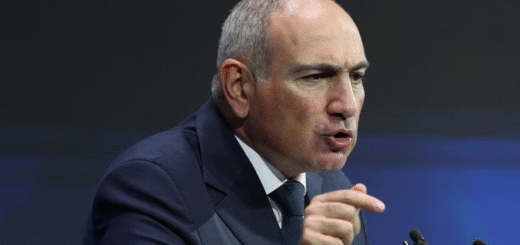The debt incurred by the country’s governments and Central Bank stood at roughly $6.5 billion when Pashinian came to power in 2018. It has soared to at least $14.1 billion since then despite strong growth in tax revenue regularly touted by the current government. The sharp increase has been driven by the government’s internal borrowing as opposed to low-interest loans provided by the International Monetary Fund, the World Bank and other multilateral institutions.
Government officials downplay it, arguing that the public debt was equivalent to around half of Armenia’s Gross Domestic Product last year, down from 60 percent in 2021. The IMF expects, however, that the debt-to-GDP ratio will reach 54.2 percent this year and 57 percent in 2027.
Opposition lawmakers pressed Pashinian on the subject last week at the start of parliamentary discussions of the draft state budget for next year proposed by his cabinet. They accused it of wasting billions of dollars in new loans obtained from domestic and foreign lenders.
“You have added almost $8 billion in debt to the shoulders of our future generations, but you have not built a single strategically important facility,” one of them told Pashinian.
The premier responded by saying that the money has been mostly spent on the purchases of weapons for the Armenian army.
“Don’t you believe it?” he said. “You have the right. I say, come on, let us show you [the purchased weapons.”
Pashinian did not specify the cost of the arms acquisitions carried out during his seven-and-a-half -year rule. While Armenia’s defense spending, projected at 665 billion drams ($1.7 billion) in 2025, has risen steadily and significantly since 2018, open-source data suggests that the government has spent much less on new weapons than the more than $7 billion in debt incurred by it. Not surprisingly, opposition leaders have dismissed Pashinian’s explanation as false and misleading.
Despite its controversial decision to cut its defense expenditures by 15 percent, Pashinian’s government plans to borrow a further $1.4 billion in 2026.






